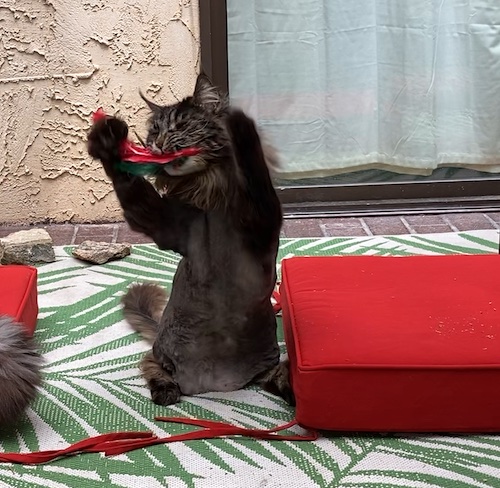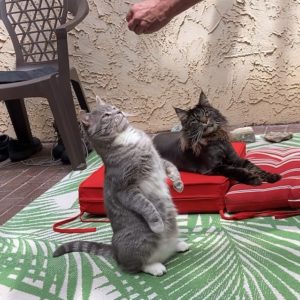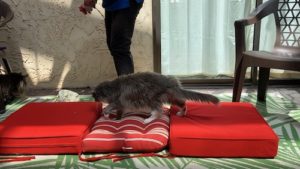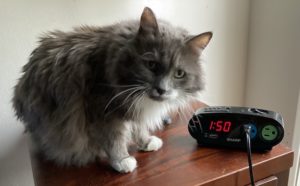
You’ve stopped by the pet shelter and are interviewing the cats for adoption. You’re looking to adopt an adult cat – you feel your life is just too hectic to take on a pair of kittens. There is an orange male cat who seems friendly and rubs your outstretched hand in greeting. He is simply charming!
You find a shelter volunteer for more information. She asks you how you feel about caring for a blind cat. You do a double-take – the cat moves confidently around his enclosure, then turns and approaches you. Nothing about him makes you think he can’t see.
Blindness in cats can arise from a number of factors:
- genetic condition present at birth
- trauma to the eyes
- cataracts due to aging or diabetes
- detachment of the retina, resulting from high blood pressure, chronic kidney disease, or hyperthyroidism
- infectious organisms, such as FeLV, FIV, can cause inflammation in the eye and lead to blindness.
- untreated eye infections resulting from upper respiratory infections can also cause blindness
“keep an eye” on your cat’s eyes – see your vet if:
- your cat is squinting
- her third eyelids are swollen
- her conjunctiva are red and swollen
- there is discharge from her eyes – clear to greenish-yellow
- her pupils are not the same size
- she starts rubbing her eyes
Caring for a blind cat
Caring for a blind cat or cat who is gradually becoming blind is similar to caring for a “sighted” cat. Blind cats and “sighted” cats have the same environmental and emotional needs.
Blind cats adapt quickly to their surroundings. How do they do it? They rely on their other senses – smell, touch, and hearing – to get around.
The blind cat’s superpowers
superpower #1 – smell
Cats live in a landscape of odors. Cats have two ways of detecting odors in their environment:
- the cells lining the nose and nasal cavity
- the vomeronasal organ or VNO in the roof of the mouth
In the VNO, there are 3 types of “receptor proteins”. These receptor proteins respond to chemicals such as odors. We know more about the V1R protein than the other two.
Cats have 30 genetic variants of the V1R protein. Genetic variants refer to changes in the DNA sequence that makes up a gene. More genetic variants of the V1R protein allow cats to detect a greater variety of scents than say, dogs, who have only 9 genetic variants of this receptor protein.
Cats can associate certain odors/scents with a particular experience, place or other animal. For example, to a cat, another animal or person has a signature scent that the cat uses to identify that individual.
superpower #2 -TOUCH :THE WHISKER POSITIONING SYSTEM
Each whisker is embedded in a cluster of nerve endings located 3 x deeper in the skin than the surrounding hair follicles. Not only do whiskers alert your cat to the piece of furniture nearby, they alert him to changes in air currents, from say an open door or window.
Cats use their whiskers to navigate – whiskers help the cat pinpoint where she is relative to her surroundings – “can I fit behind this sofa?” Needless to say, a blind cat finds her whiskers crucial to getting around.
superpower #3 – hearing
Cats have one of broadest hearing ranges of all mammals. They are able to hear the high-pitched ultrasonic squeaks of mice and also the low-pitched tones of the human male voice.
Cats’ cone-shaped ears move independently of each other. Sounds will reach each ear at different times and allow the cat to pinpoint the source of the sound.
Watch as these blind cats track a bird.
CAT FRIENDLY HOMES FOR blind kitties
Setting up a cat-friendly home for a blind or partially blind cat is much the same as setting it up for a sighted cat. He will need multiple, separate litter boxes, feeding and water stations, and safe places to retreat to.
Your blind kitty will use his incredible sense of smell and ability to discriminate between scents, to navigate his environment. His hearing and whiskers will also alert him to the presence of other animals and objects. And just like any “sighted” cat, he should be introduced gradually to a new environment. (Yes, rearranging the furniture is a “new” environment.)
Alana Miller of Blind Cat Rescue & Sanctuary has some tips for caring for a blind cat:
- Blind cats should only be indoor pets. Make sure there are no open pet doors, windows or other ways your cat could get outside. (A secure area like a catio can give your blind kitty a safe outdoor experience).
- Make sure the house is safe. Keep cleaning chemicals, power cords or other potential tripping hazards out of your cat’s reach. Be aware of spaces he could explore and get stuck in like behind washer/dryers.
- Stairs. Make sure you’re with your cat the first few times she uses the stairs until you’re sure…she knows where they are and is able to navigate them.
- Know where your blind cat is. He can’t see you and may not know he’s under your feet… you don’t want to step on him by accident.
- Let your blind cat know that you are going to touch her. A blind cat can’t see your hand coming … she might startle when you touch her. As you approach, make sure you rub your fingers together or make a gentle noise with your hand to alert her.
Whether you adopt a blind kitty or your older kitty has vision loss, remember your blind cat has the same needs as sighted cats. With some modifications, you can provide a safe and enriching environment for your blind cat.
Want to keep up with the world of cats? Subscribe to The Feline Purrspective!

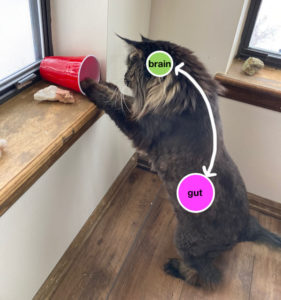
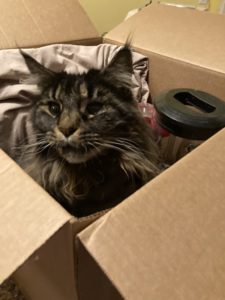
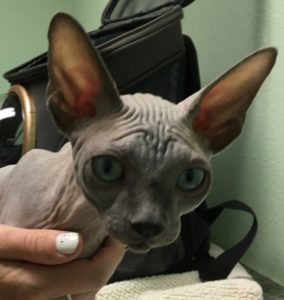
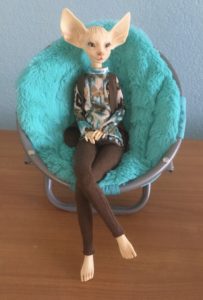
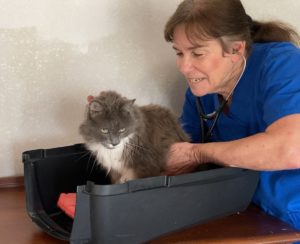
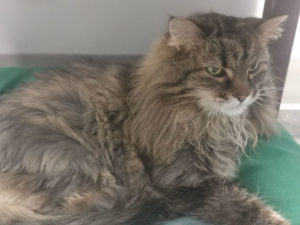
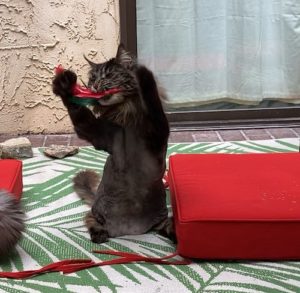
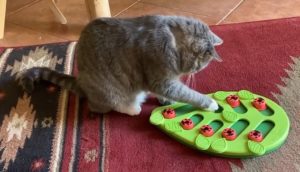
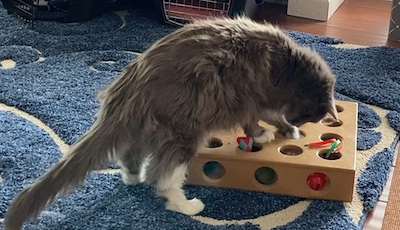
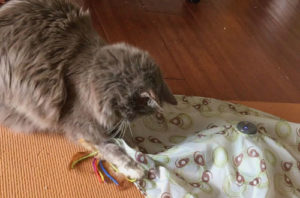
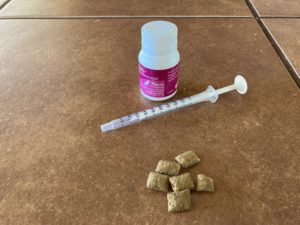
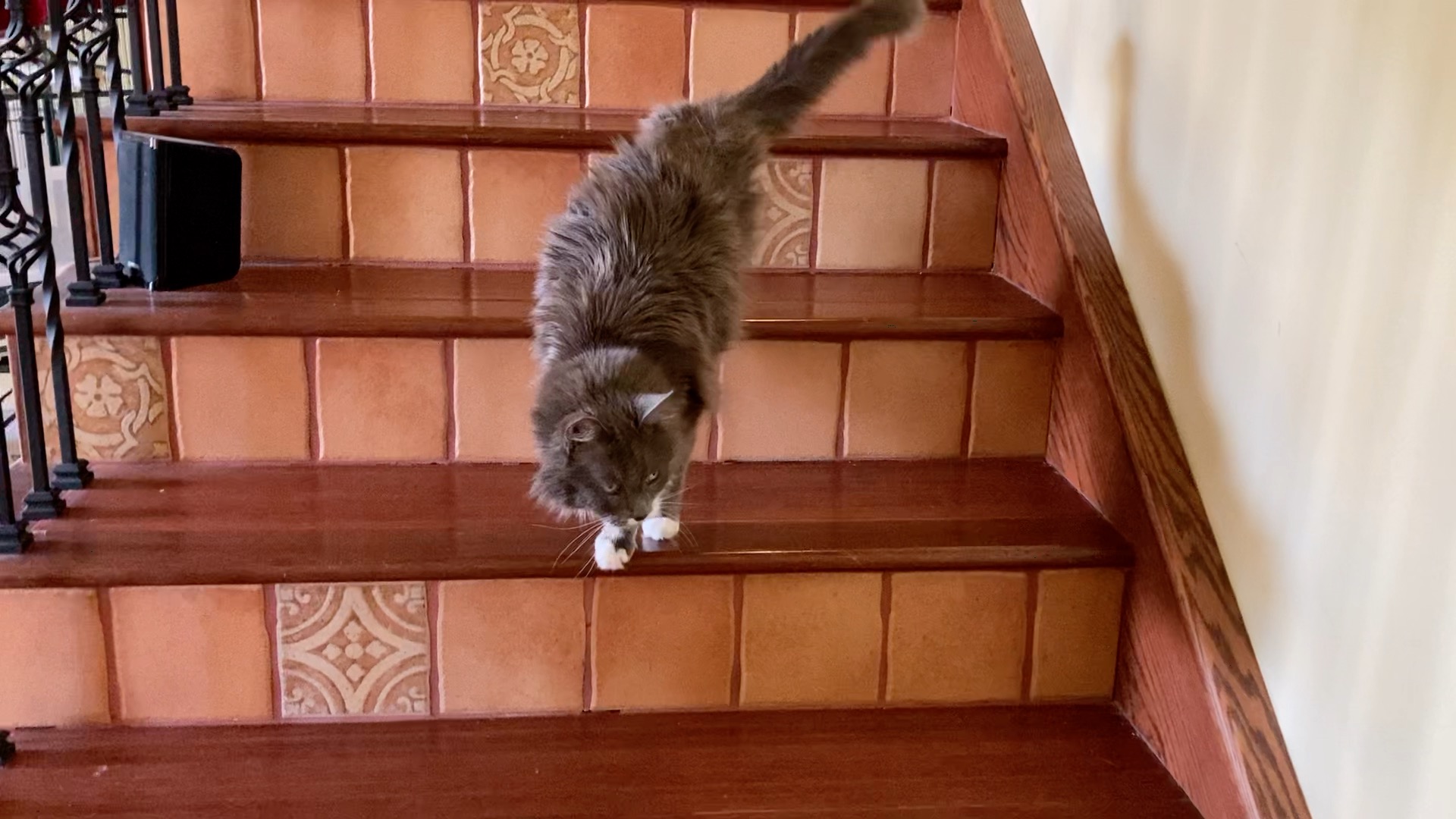

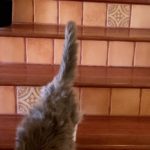 It is great that you are being proactive with your cat’s health! Arthritis is part of getting old but let’s try to make your cat’s senior years as “golden” as possible. You can find out more about your cat and arthritis at the
It is great that you are being proactive with your cat’s health! Arthritis is part of getting old but let’s try to make your cat’s senior years as “golden” as possible. You can find out more about your cat and arthritis at the